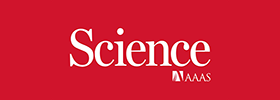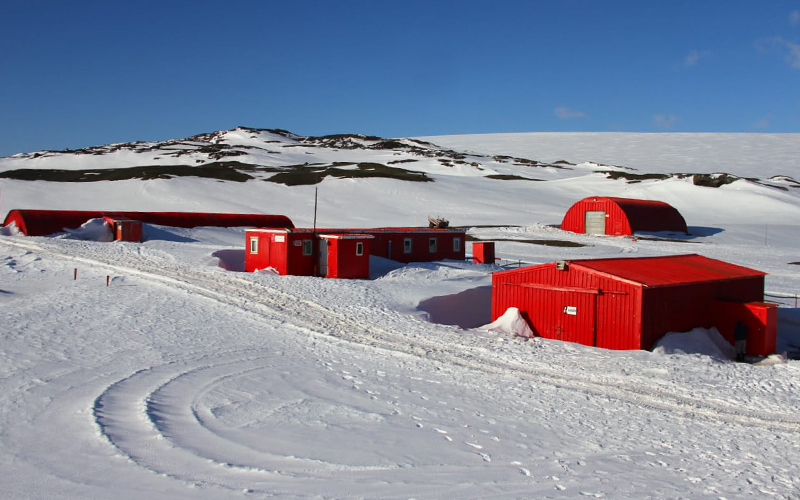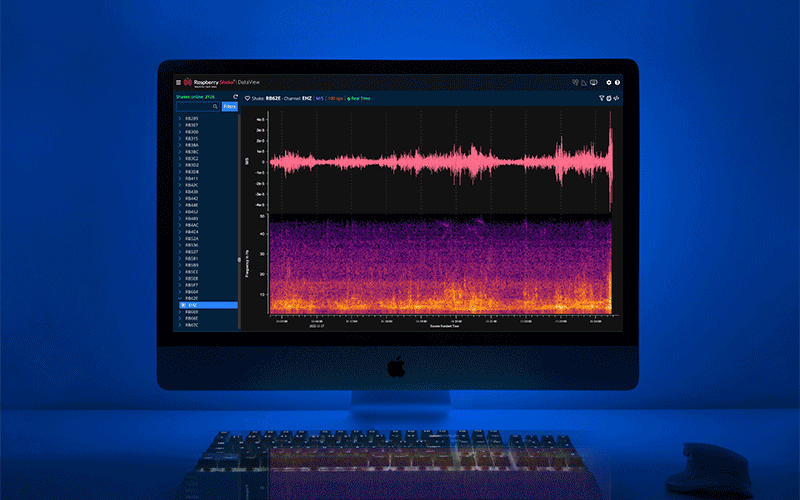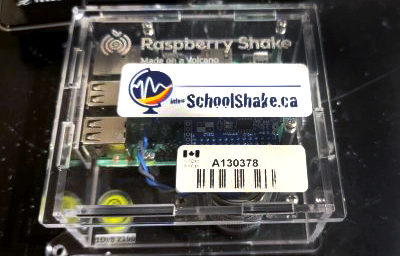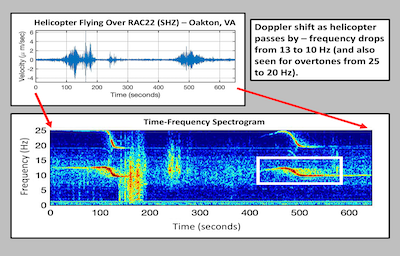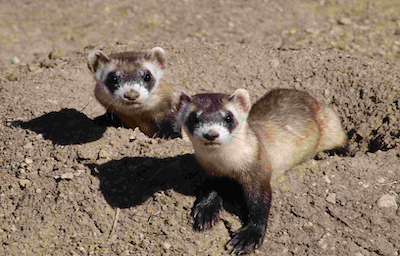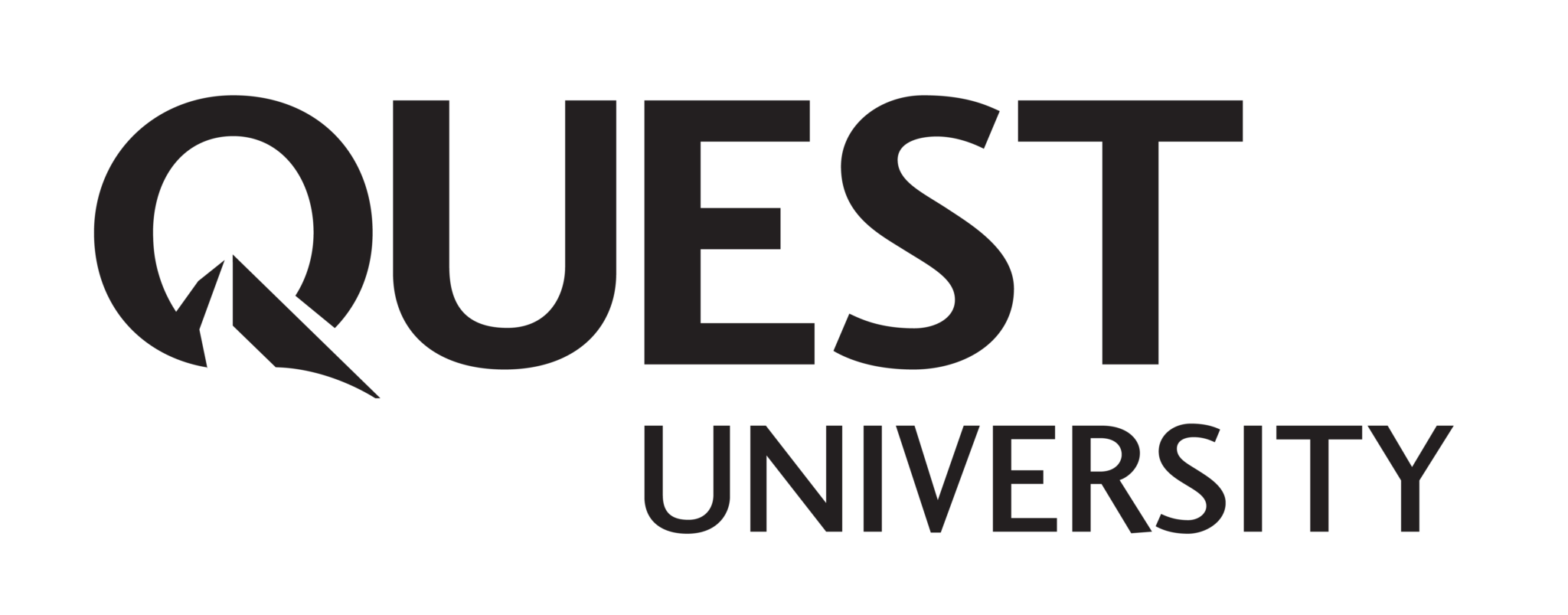Raspberry Shake Publications & Case Studies
SCIENTIFIC PUBLICATIONS
For peer-reviewed scientific research papers published using data from the Raspberry Shake Network, please use DOI: 10.7914/SN/AM

Vs30 and depth to bedrock estimates from integrating HVSR measurements and geology-slope approach in the Oslo area, Norway
“The new proposed methodology includes the use of existing well databases (with knowledge on minimum basement depth), topographic slope derived from Digital Elevation Models (as a proxy for both depth to basement and Vs30, integrated with geological maps) and near-surface Quaternary geological maps. The Horizontal to Vertical Spectral Ratio (HVSR) method and a statistics-based geological mapping tool (COHIBA) are used to integrate the various sources of data estimates.”

Structural Health Monitoring of Dams Based on Acoustic Monitoring, Deep Neural Networks, Fuzzy Logic and a CUSUM Control Algorithm
“Internal erosion is the most important failure mechanism of earth and rockfill dams. Since this type of erosion develops internally and silently, methodologies of data acquisition and processing for dam monitoring are crucial to guarantee a safe operation during the lifespan of these structures”

The Relationship between Bedrock Depth and Site Fundamental Frequency in the Nakdonggang Delta Region, South Korea
“This paper describes the relationship between bedrock depth (D) and site fundamental frequency (f0) in the Nakdonggang delta region in the southeastern part of the Korean peninsula. We collected borehole logs to confirm the thickness of the sediments and estimated the f0 at over 200 locations across the delta using the horizontal-to-vertical spectral ratio (HVSR, Vs30) method.”

The largest induced earthquakes during the GEOVEN deep geothermal project, Strasbourg, 2018–2022: from source parameters to intensity maps
“Between 2019 November and 2021 July, four induced earthquakes of local magnitude equal to or greater than than three were felt by the population of Strasbourg, France.”

Qu’est-ce que faire de la “science citoyenne” dans un pays “sans citoyens” ?
“Cet article revient sur l’histoire d’Haïti pour présenter la construction de la notion de citoyenneté dans le pays et démontrer que, aujourd’hui, cette dernière n’est pas pleinement réalisée tant la coupure entre la population et l’Etat – parfois qualifié de « failli »- est forte.“

From a Seismological Network to a Socio- Seismological One: A La sismologie citoyenne, un révélateur des crises en Haïti
“L’île d’Hispaniola est située entre les plaques tectoniques Caraïbe et Amérique du Nord et traversée par des failles géologiques sismiquement actives, ce qui entraîne régulièrement des tremblements de terre importants (Scherer, 1912 ; Calais, 2020).“

From a Seismological Network to a Socio- Seismological One: A Citizen Science Experiment in Haïti to Reduce Seismic Risk: Analysis of a “Small Box” that Can Do a Lot
“In a citizen seismology approach, the S2RHAI project used low-cost seismic sensors (Raspberry Shake) to (1) complement the national seismic network and (2) to improve risk perception, preparedness, and scientific knowledge of the population.“

De-risking the energy transition by quantifying the uncertainties in fault stability
“The operations needed to decarbonize our energy systems increasingly involve faulted rocks in the subsurface. To manage the technical challenges presented by these rocks and the justifiable public concern over induced seismicity, we need to assess the risks. “

From a Seismological Network to a Socio-Seismological One: A Citizen Science Experiment in Haïti to Reduce Seismic Risk: Analysis of a “Small Box” that Can Do a Lot
“On January 12, 2010, Haiti was hit by one of the largest seismic disasters known to date. At the time, the culture and perception of seismic risk was low among the population and—because of the lack of seismic sensors in Haiti—so was seismological knowledge.”

Induced and triggered seismicity below the city of Strasbourg, France from November 2019 to January 2021
“Between November 2019 and January 2021, a series of seismic events were felt by the population of the city of Strasbourg, France. The first main event (MLv 3.0) that occurred on November 12, 2019, was part of a seismic swarm (the southern cluster) that has been initiated a few days before, lasted four months, and was located by the BCSF-Rénass (EOST), below La Robertsau area at a depth of 5 km.”
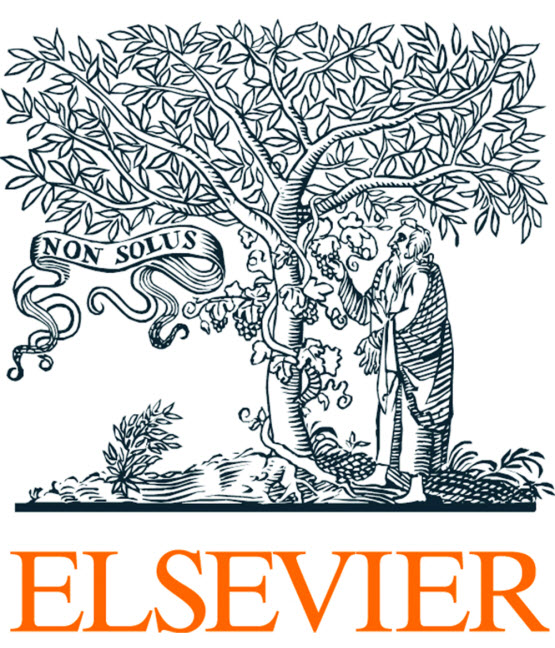
Structural health monitoring of South America’s first 6-Story experimental light-frame timber-building by using a low-cost RaspberryShake seismic instrumentation
“A low-cost seismic instrumentation system (LCSIS) has been implemented and validated for the structural health monitoring of South America’s first experimental 6-story light-frame timber building (Peñuelas Tower). Furthermore, coupling the LCSIS with relative humidity and temperature measuring system has allowed for investigating the ambient-induced variations of the building’s dynamic properties.”
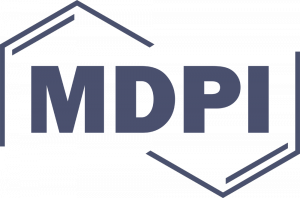
Raspberry Shake-Based Rapid Structural Identification of Existing Buildings Subject to Earthquake Ground Motion: The Case Study of Bucharest
“The Internet of things concept empowered by low-cost sensor technologies and headless computers has upscaled the applicability of vibration monitoring systems in recent years. Raspberry Shake devices are among those systems, constituting a crowdsourcing framework and forming a worldwide seismic network of over a thousand nodes.”
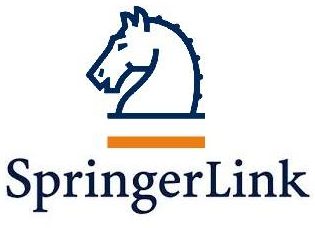
Forensic view on two Raspberry Shake burglargrams
“A steadily increasing number of citizen seismological stations, often located in populated areas, record a plethora of man-made events. These events are especially of interest, when they are caused by criminal activity or man-made explosions. On 4 December 2021, during an attempted robbery of an automated teller machine (ATM) in Bonn-Röttgen, Germany, the burglars used explosions.”

“Saving Precious Seconds”—A Novel Approach to Implementing a Low-Cost Earthquake Early Warning System with Node-Level Detection and Alert Generation
“This paper presents findings from ongoing research that explores the ability to use Micro-Electromechanical Systems (MEMS)-based technologies and various digital communication protocols for earthquake early warning (EEW).”
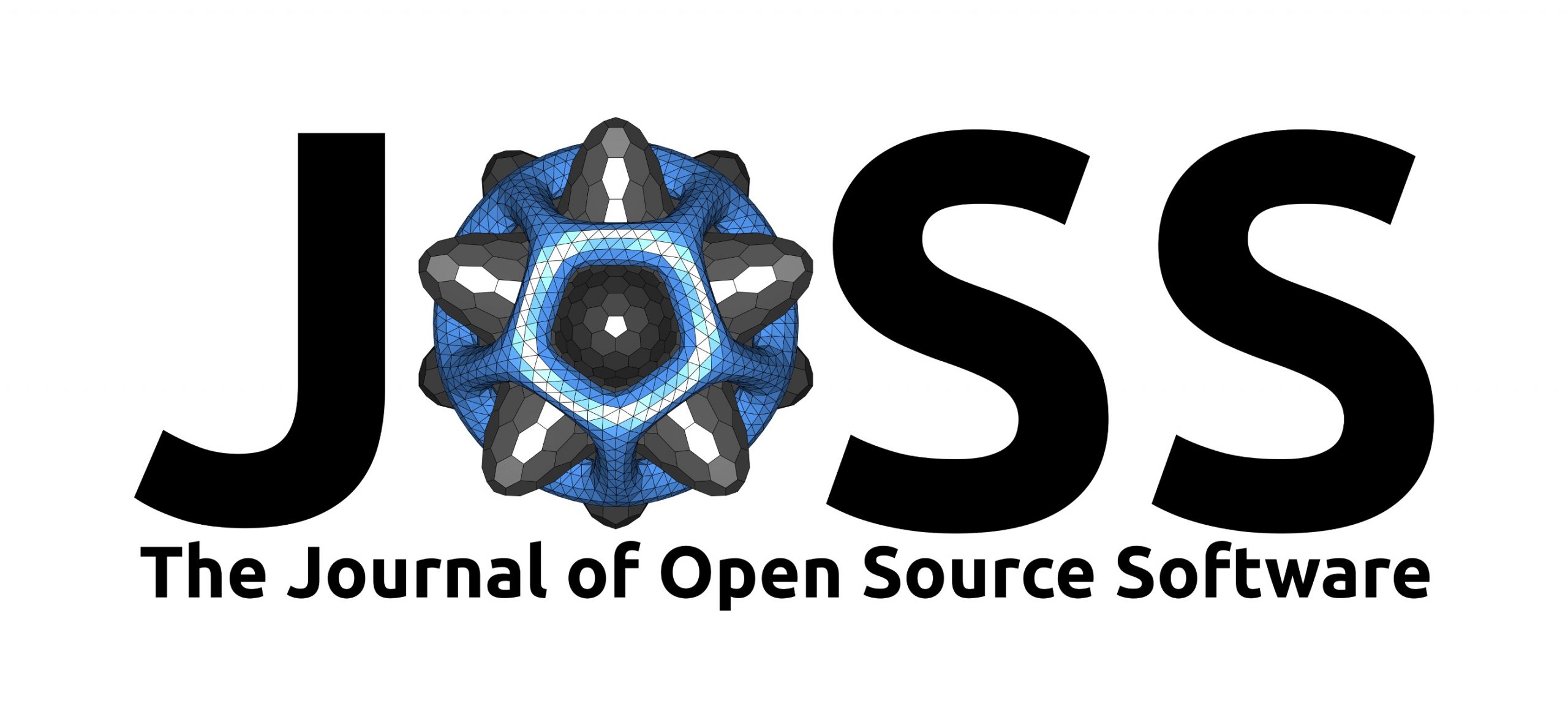
rsudp: A Python package for real-time seismic monitoring with Raspberry Shake instruments
“Raspberry Shake seismographs are commonly used in schools, by Shake community members, and other individuals having no formal training in seismology. The existence of this class of instruments highlighted the need for easy-to-use visualization and notification software to complement these devices.”
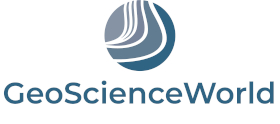
Raspberry Shake Instruments Provide Initial Ground‐Motion Assessment of the Induced Seismicity at the United Downs Deep Geothermal Power Project in Cornwall, United Kingdom
“Raspberry Shake (RS) seismographs offer the potential for affordable and citizen‐led seismic monitoring in areas with few publicly available seismometers, especially in previously quiescent regions experiencing induced seismicity. ”

Separating and denoising seismic signals with dual-path recurrent neural network architecture
“Separation of overlapping signals is an important task in signal processing, with application in music, speech, and seismic signal processing. We show that separation is possible also for seismic recordings, using techniques from machine learning (and even those recorded with a single sensor).”
INDEPENDENT REVIEWS
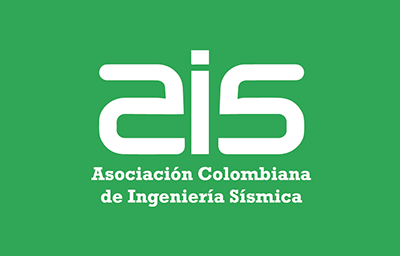
En Español, Abstract in English:
Instrumentación Sísmica y Monitoreo de Salud Estructural en Edificaciones
Indispensables. Caso de Estudio: TORRE SIATA. [Monitoreo de Edificios]
Seismic Instrumentation and Structural Health Monitoring of Essential
Buildings. Case of Study: SIATA Tower. [Building Monitoring]
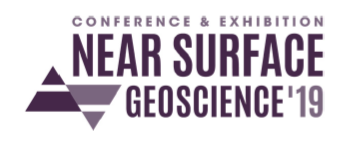
Raspberry Shake Sensor Field Tests for Unstable Rock Monitoring
In this work, we evaluate the performance of the Raspberry Shake 3D (RS-3D) seismometer in estimating the resonance frequencies of unstable rock blocks. In this perspective, we compared this low-cost sensor with the Nanometrics Trillium Compact 20s to assess whether RS-3D is suitable for the development of reliable rock monitoring systems.
The Raspberry Shake vs. The Nanometrics Trillium Compact
How does the Raspberry Shake measure up against a broadband seismometer like the Nanometrics Trillium Compact? Click here to find out.
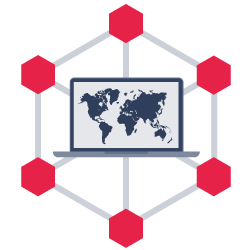
Research & Science
Professional Seismic Solutions
Learn more about our solutions for Geophysical Institutes and University Researchers.

Research & Science
Raspberry Shake Data Center
Access all of the historical data from the Raspberry Shake network.
We are so happy the community keeps growing, and so many of you are interested in working with us and spreading the word about Raspberry Shake!
Keep on Shaking and remember to tag someone who would love a Raspberry Shake @raspishake! For more information please contact us here.
